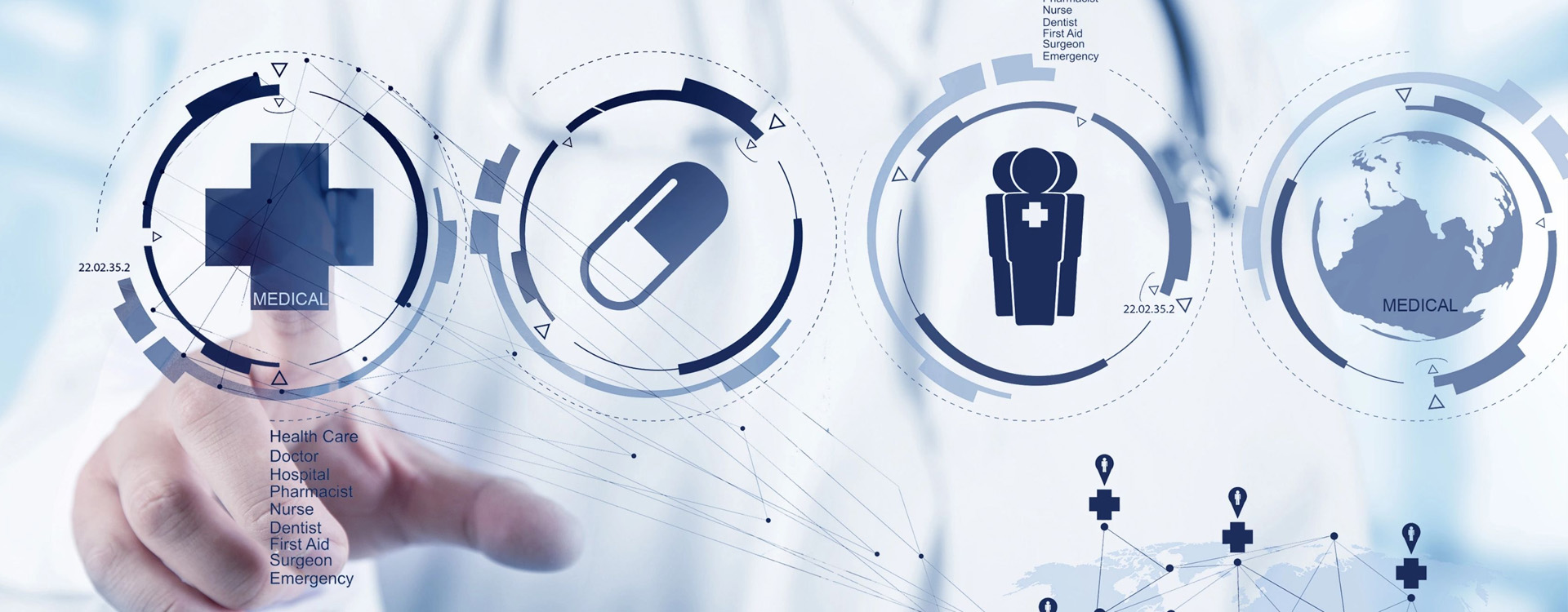
China's healthcare system is moving from clinical informatization to regional healthcare informatization. The emergence of Internet of things technology and RFID has promoted the development of healthcare informatization industry.
Developed countries pay great attention to the information construction of Internet of Things technology in the medical field. In February 2004, FDA took substantial action to promote the implementation and promotion of RFID. Strengthen the APPLICATION of RFID technology in drug transportation, sales, anti-counterfeiting, tracking system.
In October 2009, the European Commission published the Internet of Things strategy in the form of a policy document, proposing that Europe should lead the world in the development of internet-based intelligent infrastructure, in addition to investing 400 million euros through THE ICT RESEARCH and development programme.
The Chinese government also pays close attention to the application of Internet of Things technology in the medical field. In 2008, the state issued the "health" 11th five-year plan of IC card application system development planning, put forward to strengthen the health care industry and Banks and other relevant departments, trade union, promoting "all-in-one-card" products in the field of medical application of RFID medical health supervision and tracing system, promoting the construction of medical information system, we will accelerate the application of IC card and RFID electronic tag pilot and promotion work. On April 6, 2009, the CPC Central Committee and the State Council issued the Opinions on Deepening the Reform of the Medical and Health Care System. In order to ensure the success of the medical reform, governments at all levels will invest 850 billion yuan in three years to strengthen the construction of health system informatization, especially the application and promotion of RFI D technology.

The identity marks attached to the products are unique and hard to copy, which can play a role in information inquiry and anti-counterfeiting, and will be a very important investigation measure for counterfeit and shoddy products. For example, by sending drug information to a public database, a patient or hospital can easily identify a counterfeit drug by checking the contents of the label against records in the database.

RFID tags can be fully monitored during the whole process of pharmaceutical research, production, circulation and use. Especially when the product is automatically packaged, the reader installed in the production line can automatically identify the information of each drug and transmit it to the database. During the process of circulation, the intermediate information can be recorded at any time for whole-line monitoring.

To realize the cooperation between different hospitals and transportation companies, and establish a traceable medical waste tracking system with the help of RFID technology, so as to realize the whole-process tracking of medical waste delivery to the treatment plant and avoid the illegal treatment of medical waste.

Apply RFID technology in the process of drug storage, use and inspection, simplify manual and paper record processing, prevent out of stock and facilitate drug recall, avoid confusion between similar drug name, dose and dosage form, strengthen drug management, and ensure timely supply and preparation of drugs.

Applying RFID technology to blood management can effectively avoid the drawback of small barcode capacity, realize non-contact identification, reduce blood pollution, realize multi-objective identification and improve data collection efficiency.

It combines the management of maternal and infant identification, infant anti-theft management and channel authority in the obstetrics and gynecology or maternity and child hospitals of large general hospitals, to prevent foreigners from entering and leaving at will. In particular, after the birth of a baby should also wear an RFID wristband that can indicate the unique identity of the baby, and make the baby's information and the mother's information have a unique correspondence, to avoid the occurrence of the baby hugging incident.

The Medical Instrument and Drug Traceability
through accurate records items and the patient's identity, including the basic information of the product using the link, adverse events involved in the specific product information, may be the same quality problem product areas, products involved in the patients, the problem of unused product information such as location, dates back to the bad products and related patients, control all had not been put into use medical devices and drugs, provide strong support for accident treatment.

Eliminate Counterfeits
Send drug information to a public database where patients or hospitals can easily identify counterfeit drugs by checking the contents of labels against records in the database.

Real-Time Monitoring and Review
Traditional RFID technology is widely used in asset management and device tracking applications, and people also hope to strengthen the application of RFID technology in drug tracking and device tracking through legislation.
Under the background of China& 39;s new medical reform, smart medical care is entering the lives of ordinary peop